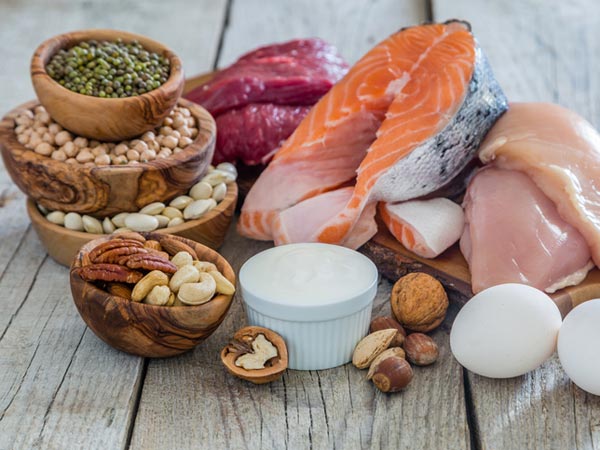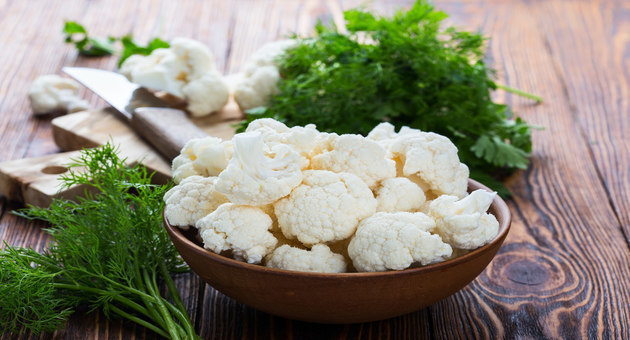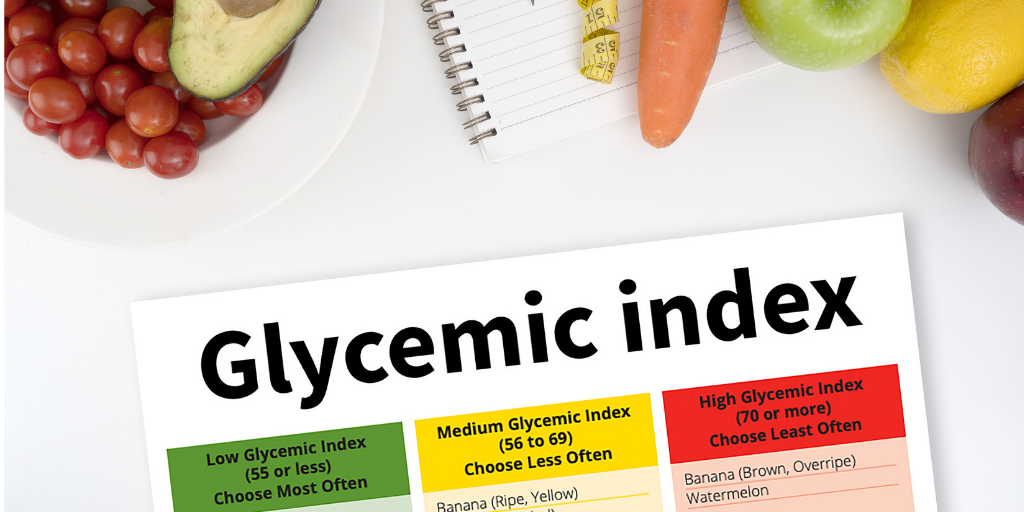Protein is a nutrient found in many types of foods. It is vital for life. Anytime your body is growing or repairing itself, protein is needed. How much protein you need depends on several factors — including age, sex, health status and activity level.
The body needs a regular supply of protein to make and repair cells. In addition to muscles, other body tissues are primarily made from protein, like organs, hair and eyes. This nutrient also helps:
- Fight infection
- Carry fats, vitamins, minerals and oxygen around the body
- Build and contract muscles
- Keep body fluids in balance
- Clot blood
Foods that Contain Protein
Protein can be found in both animal and plant-based foods. Some sources of protein are considered better choices than others due to their influence on heart health. Eating plans that include low-fat dairy products, skinless poultry, fish, beans, lentils and soy foods such as tofu and tempeh may help improve blood pressure and cholesterol levels. Here are some nutritious protein food options:
- Meat, poultry and eggs: lean cuts of beef, pork loin, skinless chicken and turkey
- Fish and seafood: salmon, tuna, cod, shrimp
- Low-fat or fat-free dairy foods: yogurt, milk, cheese, cottage cheese
- Legumes: beans, split peas, lentils, soy
- Nuts and seeds: walnuts, almonds, chia seeds, pumpkin seeds
Foods rich in protein may also be high in saturated fat. High intakes of saturated fat may increase risk for heart disease. Thus, too much protein from these sources may be harmful for your heart. As a general rule, limit protein foods that are high in saturated fats, such as:
- Meats and poultry: bacon, chicken fried steak, Chorizo sausage, fried chicken, hot dogs, lunch meats, organ meats, processed meats, sausage and spare ribs
- Fish and shellfish: breaded and fried options
- Whole-fat dairy: whole milk and other whole fat dairy products
Getting the Right Amount of Protein
Most healthy adults should aim for the Recommended Dietary Allowance of protein for their age and sex. Individuals who are very physically active, are pregnant or breast-feeding, or who have certain medical conditions may need more protein. Varying your protein choices is also recommended.
MyPlate includes general protein recommendations for individuals ages 2 and older.
| Age | Sex | Daily Protein Recommendation |
|---|---|---|
| 2-3 years | Female and male | 2-ounce equivalents |
| 4-8 years | Female and male | 4-ounce equivalents |
| 9-13 years | Female and male | 5-ounce equivalents |
| 14-18 years | Female | 5-ounce equivalents |
| 14-18 years | Male | 6½ ounce equivalents |
| 19-30 years | Female | 5½ ounce equivalents |
| 19-30 years | Male | 6½ ounce equivalents |
| 31-50 years | Female | 5-ounce equivalents |
| 31-50 years | Male | 6-ounce equivalents |
| 51 years and older | Female | 5-ounce equivalents |
| 51 years and older | Male | 5½ ounce equivalents |
These recommendations for protein are provided in one-ounce equivalents. One-ounce equivalents of protein foods include:
- One ounce of cooked meat, poultry or fish
- ¼ cup cooked beans
- 1 egg
- 1 tablespoon peanut butter
- ½ ounce nuts or seeds
But, most common servings of protein foods include more than one ounce of protein. For example, a piece of meat about the size of a deck of cards, a can of drained tuna, and a small chicken breast half are about three ounce-equivalents of protein each. In addition, whole grain and dairy foods contain protein. Most Americans get enough protein overall, but shifting their intake to include seafood twice a week and legumes more often in place of other protein foods is encouraged.


